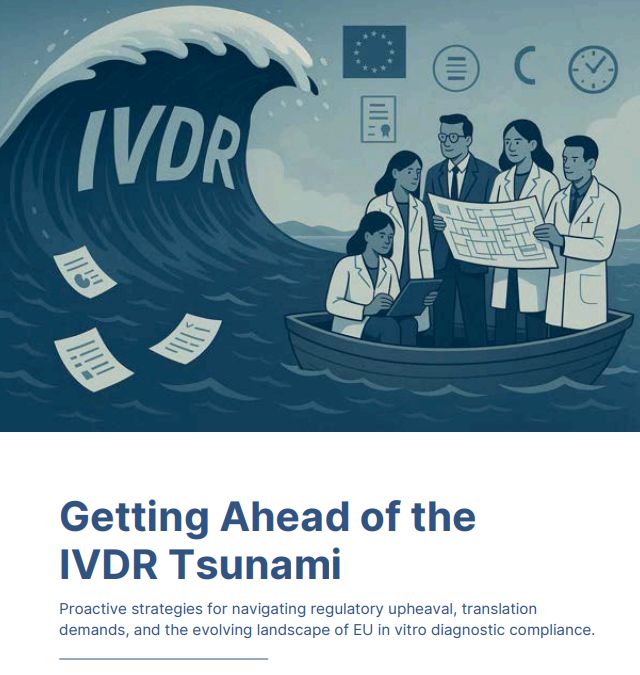Selecting the Right Translation Vendor
Globalization forces increasingly affect departments and organizations in both the public and private sectors. Departments ranging from marketing and operations to legal and compliance require their documents to be translated into one or more languages.
Organizations are faced with the challenge of precisely defining their translation requirements and finding the best value in the marketplace. They need to answer questions such as:
- Should you pay the same rates for translation of all types of documents?
- Do legal contracts or HR forms need to be translated using the same quality assurance
processes as do patents or operating manuals - How should you formulate the technical requirements and quality standards for your
solicitation? - What are quality standards for translation, anyway?
- What are the risks of failure of a translation project?
- How could erroneous translation or late delivery affect my company?
This paper describes a common-sense, risk-management approach to preparing an RFP for translation services. It also shows how to align the standards of quality and reliability for translation projects with the risk inherent in these projects. By better understanding the risks involved in translation projects, buyers are better prepared to define their actual requirements and assess the relevant strengths and weaknesses of vendor proposals.
Most importantly, risk analysis enables organizations to get the quality and reliability they actually need without paying for the bells and whistles they don’t. It helps determine which translation projects may require higher quality standards and larger budgets, and which can be completed less expensively.
Finally, this paper offers practical advice to buyers of translation services regarding:
- Identifying and prioritizing your organization’s translation requirements
- Writing an effective solicitation (RFP) for translation services
- Selecting the vendor offering the best cost/technical trade-off
- Ways to reduce costs without affecting—possibly even improving—translation quality







